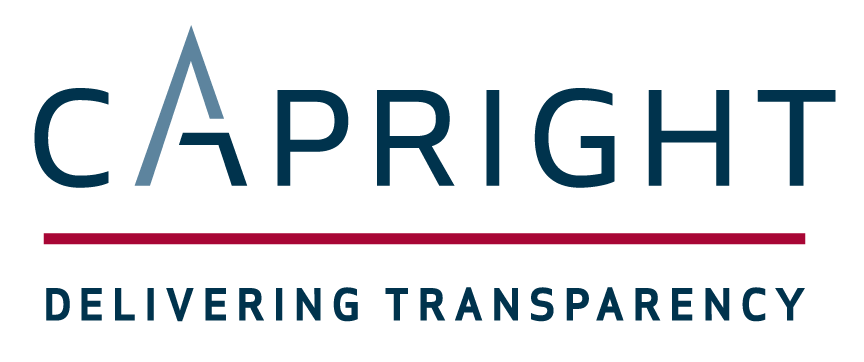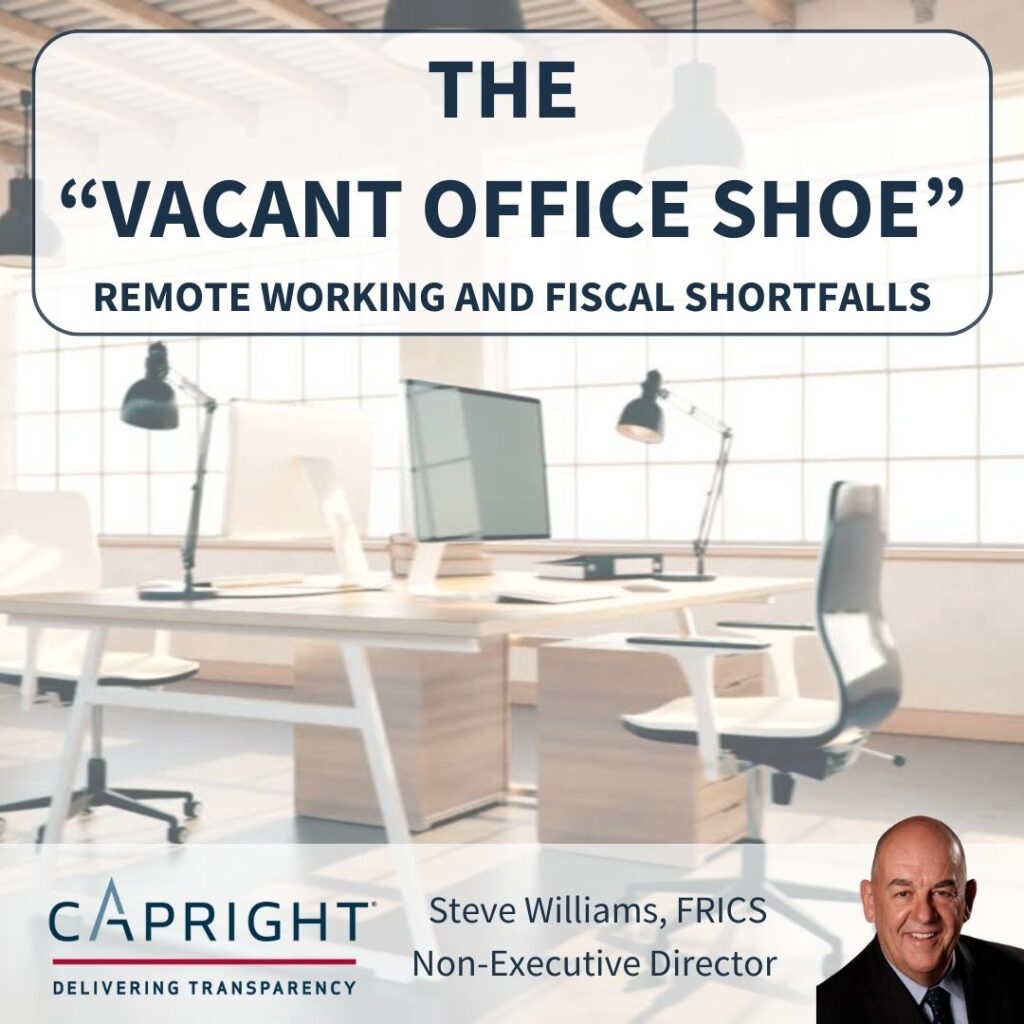The “Vacant Office Shoe” Remote Working and Fiscal Shortfalls
September 14, 2023
In the current inflationary economy, rising operating expenses continue to trouble commercial property owners. Spiking insurance premiums are a sudden and obvious concern, but property taxes too are creeping higher as cities struggle to balance fiscal budgets.
According to The Tax Foundation in Washington DC, property taxes account for 72.2% of local tax revenues. Of this, (allowing for local variations) they attribute around 44% to the residential sector and 56% to commercial real estate (CRE).
The advantage of taxing real property is obvious. Because it’s immovable, it is largely immune from tax sheltering. Property owners have nowhere to hide. For the most part, owners typically have generally taken rising taxes in stride. Provided values and mill rates are fairly assessed, owners accept the obligation to fund beneficial city services. In return, the city’s fiscal budget is expected to provide essential services, fund the city’s workforce, and invest wisely in long-term infrastructure.
In good times, the system works well. But in the current economy, fiscal budgets face the triple threats of rising inflation, shifting demographics, and tax shortfalls from office vacancies affected by remote working (WFH).
WFH estimates vary considerably. The Bureau of Labor Statistics estimates that around 27% of the total U.S. workforce works remotely on a full or part-time basis. More recently, academic research suggests the number is closer to 50%. Whatever the exact figure, the trend is unlikely to reverse.
A recent quote from Joan Youngman, Senior Fellow in the Department of Valuation and Taxation at the Lincoln Institute sums up the situation: “The vacant office shoe”, she says, “is just starting to drop on local government tax revenues.”

Non-Executive Director
swilliams@capright.com


